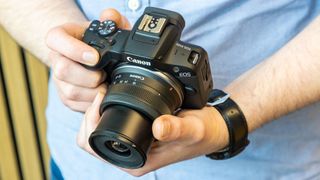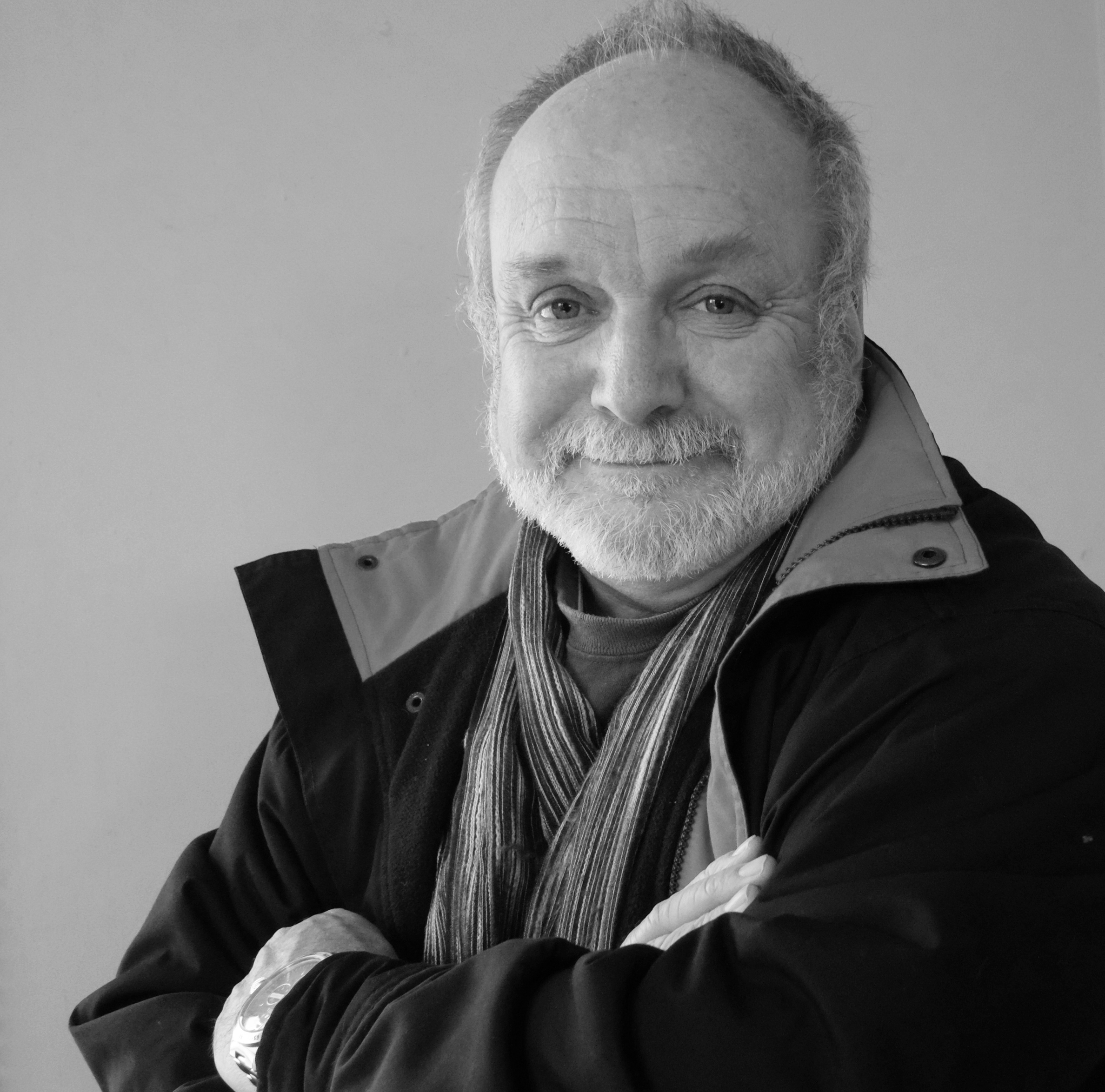Watching from the sidelines it’s looked pretty messy as Canon has struggled with the transition from DSLR to mirrorless, so it must have been even more torrid on the inside.
As the compact system camera revolution took hold, Canon was in the unique position of being – by a country mile – the biggest seller of DSLRs. It was a hugely profitable business and when the early direction in mirrorless cameras was on the most compact designs possible – think Nikon 1 and Pentax Q – it didn’t seem remotely under threat. Canon, quite rightly under the circumstances, thought it was invincible no matter what.
• These are the best Canon cameras across all categories
In mid-2012 the APS-C format Canon EOS M system was launched, but it looked very much like a token effort because Canon felt it just had to do something… and because of the strength of the brand, even just something would still sell well. Despite the so-so spec of the cameras and a trickle of dedicated EF-M lenses, the M system did in fact do pretty well – but there was little doubt that Canon’s heart was still in DSLRs. Then Sony moved the goalposts…
The Alpha full-frame mirrorless camera system probably came as a rude shock to more than just Canon but, ever since it leapfrogged into the DSLR market by buying Konica Minolta’s camera business, Sony had its eye firmly on being number one in interchangeable lens cameras. That meant knocking off Canon’s crown and frankly, although the first A7 and A7R models were a revelation, a vital ingredient was missing: lenses.
Sony quickly solved that problem by opening its FE mount protocols to all comers, while also embarking on an ambitious lens program of its own. Before too long, the mirrorless threat to the future of the DSLR was looking very real indeed. Yet Canon would have still been making very handsome profits from its DSLR business – but the moment it hinted that it might be abandoning ship, the sales would go under, too.
But how long could it hang out? Sony was on the march in full frame, and the cropped sensor systems from Fujifilm, Olympus (now OM System) and Panasonic were also making inroads, particularly in to the pro and video sectors.

Given how long it takes to develop an entirely new camera system, it seems very likely that the decision bite the bullet on a DSLR-killing mirrorless system was taken at around the time Sony took the wraps off Alpha (towards the end of 2013). And when you think about it now, how provocative was the Alpha name? Alpha: the first in order or in class.
It was no coincidence either that, close to five years later, Canon and Nikon ended up unveiling their full-frame mirrorless cameras within a couple of weeks of each other. It’s well known that the senior execs of major Japanese corporations confide in each other about what they’re up to (at least in broad terms), and that’s what happened here – probably on the 19th tee over a Suntory single malt whisky.
Yet the Canon EOS R – and, later, the EOS RP – also suggested that Canon still wasn’t completely sure of the way ahead. Both looked designed not to lure users away from their full-frame DSLRs and then, in early 2020, came the best DSLR that Canon had ever built: the EOS-1D X Mark III. Actually it’s the best DSLR ever built, period. There still isn’t a direct EOS R system equivalent, but Canon is now adamant that it won’t be developing any new DSLRs – and it definitely seems to feel better after getting that out of the way.
The resumption of normal service is very much evident in the most recent EOS R models: the EOS R8, the EOS R50 and even the budget-busting R100. While the EOS R3, R6 Mark II and R7 are classically Canon competent, it’s with lower-end models that it truly excels and where, in DSLRs, it made the bulk of its profits.
Remember, too, that volume sales of these models help finance the development of the higher-end products – both camera bodies and lenses. More generally, the disruptions resulting from the COVID-19 pandemic have seen the camera-makers concentrate more on the high-end to the detriment of sales volumes overall, with a resulting contraction of the market.
Canon’s return to making more affordably-priced but competitive interchangeable lens cameras actually benefits all of us in one way or another – and, hopefully, will convince more activity from others in this area as, right now, anything priced at below, say $750, is pretty long in the tooth.
It’s likely that most of you, as readers of this website, are more interested in the higher-end fare from Canon and co – but it’s the higher-volume sellers that make the camera world go round, and models such as the EOS R50 and EOS R8 will undoubtedly help us get up to speed again.
You might also be interested in the best Canon lenses for DSLRs and the best Canon RF lenses.


